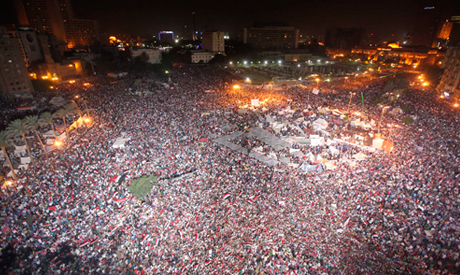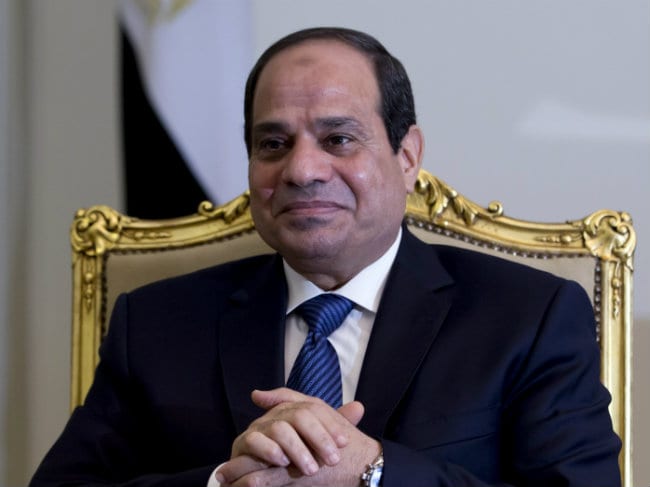2011 was the year of what we now refer to as The Arab Spring. The first revolution took place in the North African country of Tunisia in December of 2010 and it inspired people from other Arab countries to join together and revolt against their governments too. It had a domino effect in the region and Egypt soon followed.
 |
| This gives you an idea of the timeline in 2011. Many things have changed in the region since then. |
Some of the reasons for the 2011 Egyptian revolution was that their government ran as a dictatorship (Hosni Mubarak had been in power for almost 30 years), the high number of unemployed educated youth, the poor economy, income inequality, human rights violations, poverty, and many more.

The Arab Spring Revolutions were made possible by social media. For the first time, people were gathering, protesting and revolting after organizing on sites such as Facebook and Twitter. In Egypt, it was a youth led movement, but millions of people of all ages joined in and participated.
 |
| People packed into Tahrir Square in downtown Cairo
Here is a timeline of what happened during the 2011 revolution in Egypt http://www.aljazeera.com/news/middleeast/2011/01/201112515334871490.html
Hosni Mubarak spent over three years in jail waiting on various charges that were brought against him during his presidency. He went on trial, but all charges were eventually dropped in 2015. Mubarak's health has declined over the years and the last news that I heard was that he was being held in a military hospital.
It took a little over a year before Egypt had their first democratic elections. The two men running for President was the last Prime Minister under the Mubarak Regime, Ahmed Shafik, and a member of the Muslim Brotherhood, Mohamed Morsi. It was announced on June 24, 2012 that Morsi won with 51.7 percent of the vote.
 This is a picture of Mohamed Morsi; Egypt's new president in 2012. This is a picture of Mohamed Morsi; Egypt's new president in 2012.
The year Morsi became president, he quickly took action and fired some of the army's leading officers. He moved toward gaining more power for himself as Egypt newly, democratically elected president. He declared that his orders and decisions were above the scrutiny of the country's judges until Egypt had a new constitution. This move sparked a lot of outrage and many public protests throughout the country. People attacked Muslim Brotherhood (his political party) offices. Members of the country's judiciary system went on strike and some of Morsi's advisors quit their positions due to his power grab. His actions also impacted the economy and caused a drop in the stock market.
By the following year, Morsi brought more Islamic ideas in to running the country and Egypt's political environment got worse. In July 2013, a year after Morsi took office, millions of protesters once again took to the streets. Many gathered outside Morsi's presidential palace and they were calling for his removal from office. The second revolution had begun.
Morsi was officially ousted by the Egyptian Military, with public support, on July 3, 2013. Morsi supporters took to the streets too in protest and there were many clashes amongst the people on both sides. When an Army takes over a government it is called a Military Coup. Right now, Morsi is in prison and has been sentenced to death for inciting the murder of protesters in 2012.
Here is a CNN video clip that summarizes the two revolutions in Egypt
Egypt's current president, after two revolutions and a military coup, is Abdul Fattah al-Sisi. Here is a biography on him and his rise to power. http://www.bbc.com/news/world-middle-east-19256730
 This is Egypt's current President al-Sisi. Below is a link to a good video clip on President Al-SisiThis video clip is a good summary of Al-Sisi's rise to power and the state Egypt is currently in today.http://www.theguardian.com/world/video/2014/jun/03/who-is-abdel-fatah-al-sisi-video As you can see, a lot has happened politically in Egypt since the first 2011 revolution. It remains to be seen what will happen in the future for this great country. |

No comments:
Post a Comment